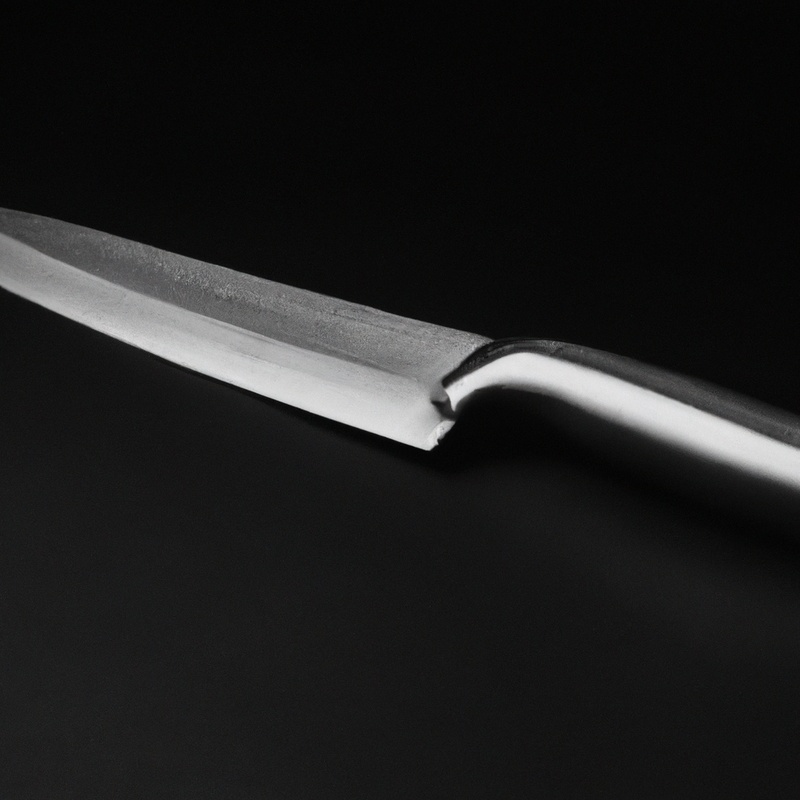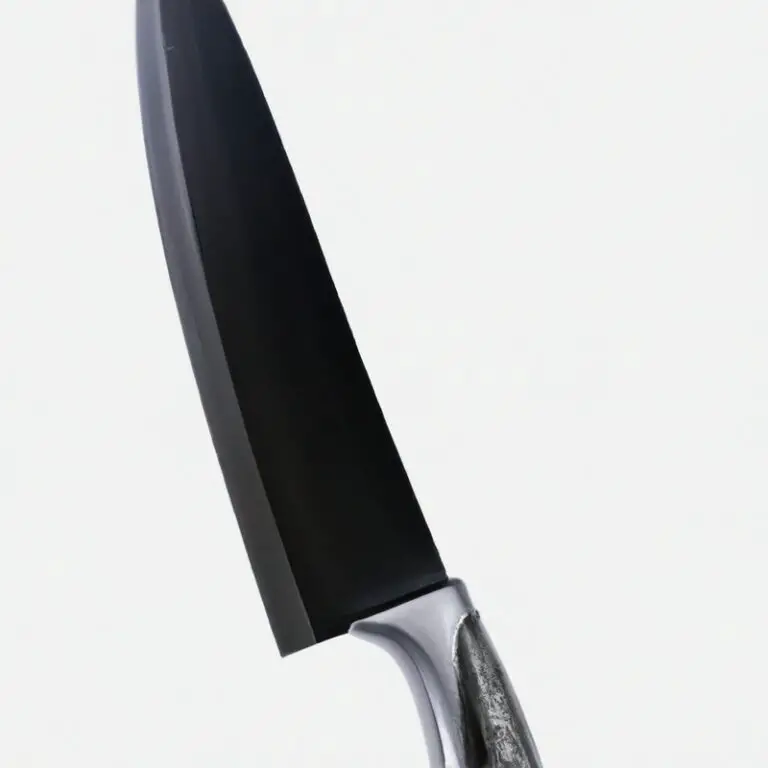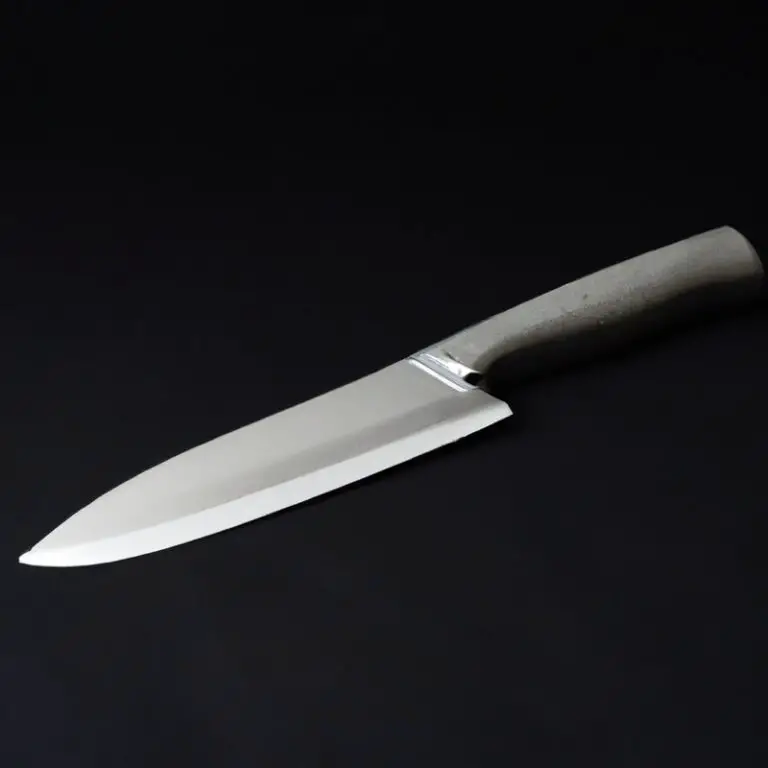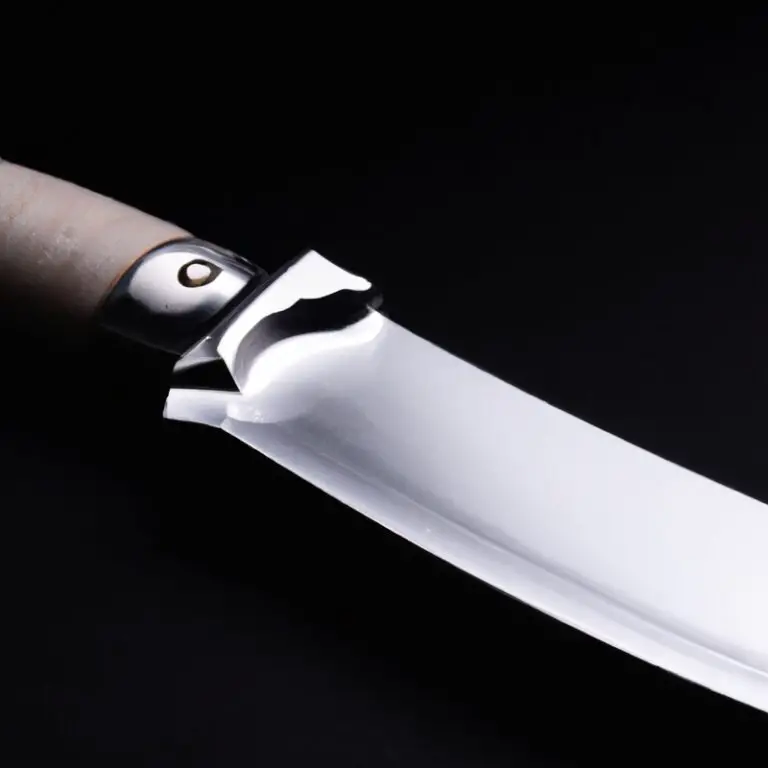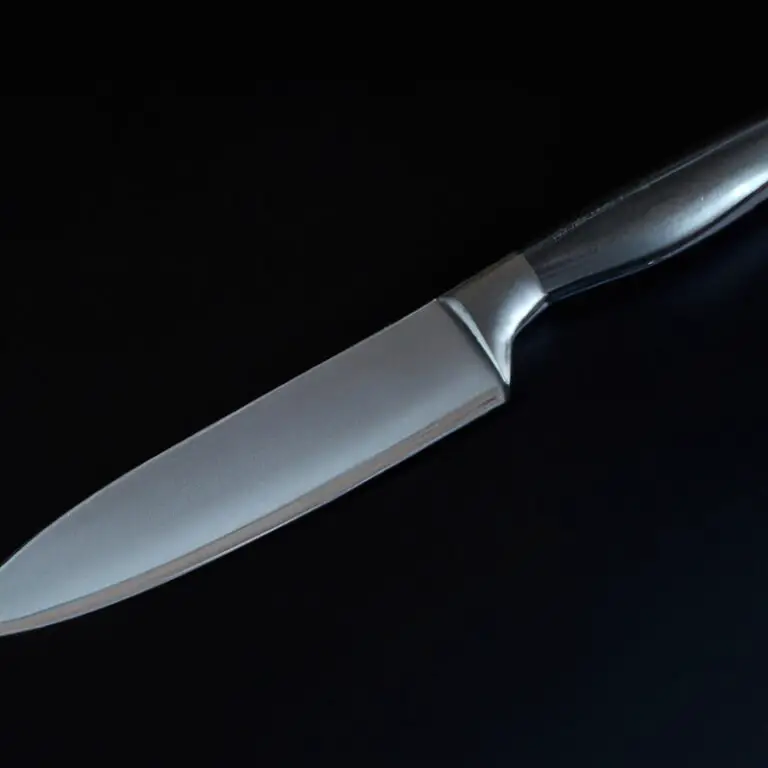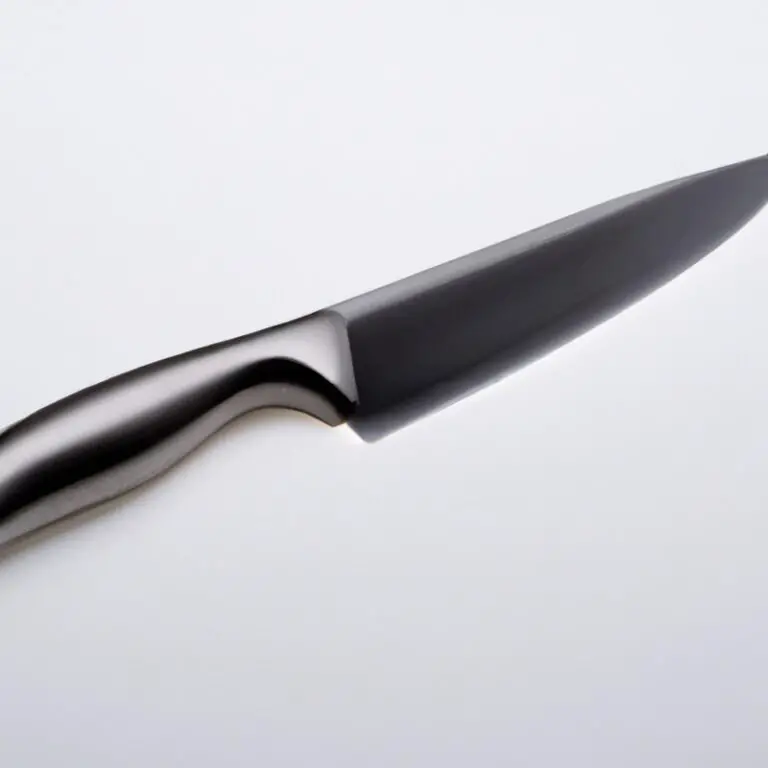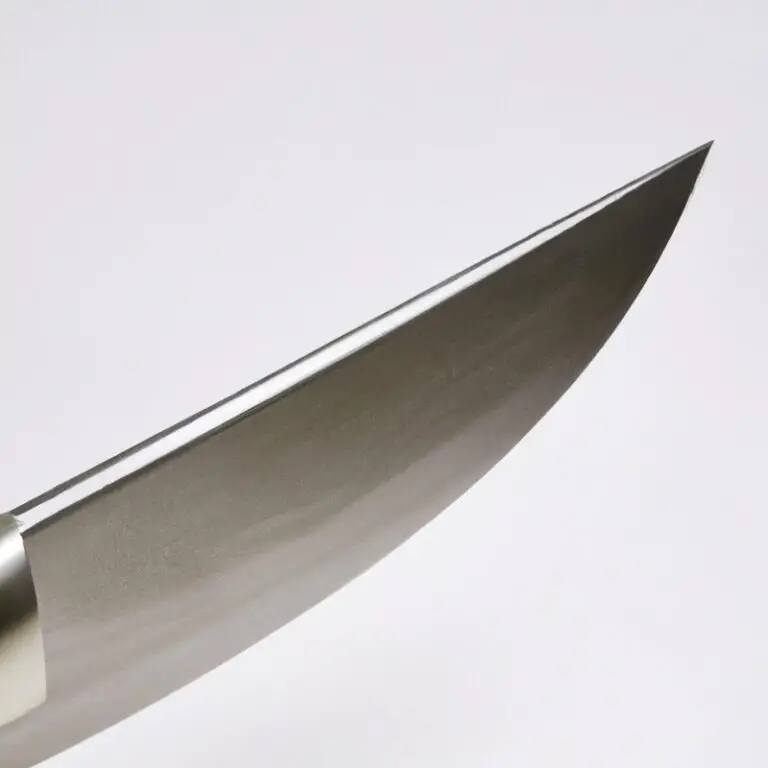How To Care For a Santoku Knife? Easy
Key Takeaways:
- Keep your Santoku knife sharp for safer and more efficient use.
- Hand wash and dry your Santoku knife to preserve its quality and avoid corrosion.
- Store your Santoku knife properly, such as in a knife block or sheath, to prevent damage.
- Use a cutting board made of soft wood or plastic to improve edge retention and prevent dulling.
Are you a fan of Japanese cuisine? Chances are, you might have come across the versatile Santoku knife.
With its unique design, this knife has gained popularity among professional chefs and home cooks alike.
But are you unsure of how to properly care for it? Don’t worry, in this guide, I’ll take you through the essential steps to keep your Santoku knife sharp and in top condition.
From hand-washing techniques to honing versus sharpening, we’ll cover all the dos and don’ts of Santoku knife care.
Let’s get started!
| Step | Instruction |
|---|---|
| 1 | Hand wash after every use using warm soapy water and a non-abrasive sponge. Avoid dishwashers as high heat and harsh detergents can damage the blade. |
| 2 | Dry thoroughly with a towel or cloth immediately after washing to prevent rust or corrosion. |
| 3 | Sharpen regularly using a honing steel or sharpening stone to maintain the sharpness of the blade. Avoid sharpening with an electric knife sharpener as it can damage the blade. |
| 4 | Store in a knife block or on a magnetic strip to keep the blade protected and the edge from becoming dull from contact with other kitchen tools. Avoid drawer storage as it can damage the blade and cause accidents. |
| 5 | Use the Santoku knife for its intended purpose which is slicing, dicing, and chopping. Avoid using it for cutting bones or frozen foods as this can damage the blade. |
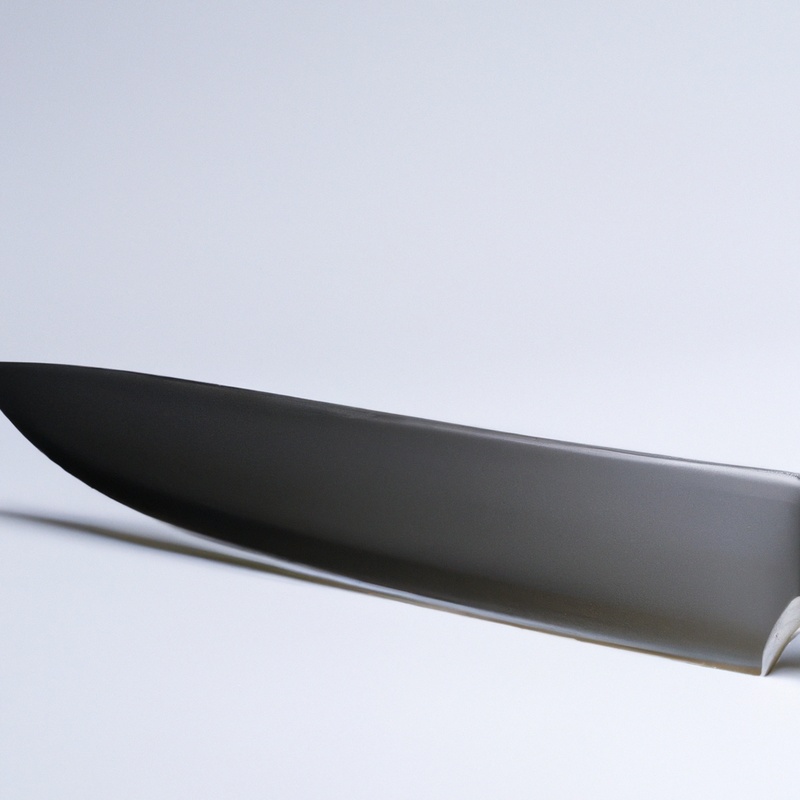
Understanding Santoku Knife: Characteristics and Uses
A Santoku knife is a Japanese blade that features a shorter length and a blade tip curved downwards. It has a flat edge blade that is typically made of high-carbon stainless steel, which is designed to cut through vegetables, fruits, and boneless meats effortlessly.
Compared to Western-style knives, Santoku knives are lighter and thinner, providing a more precise and comfortable grip.
The name Santoku means “three virtues,” and it is designed to perform three essential tasks in the kitchen, which are slicing, dicing, and mincing. However, it can also handle specialized tasks such as crushing garlic, creating sushi, and chopping herbs.
To prolong your Santoku knife’s lifespan and keep it performing at its best, it’s essential to understand its unique characteristics and uses.
Choosing the Right Cutting Board for Santoku Knife
Choosing the right cutting board is crucial for maintaining the quality of your Santoku knife. Wooden cutting boards are the best options for this type of knife as they are gentle on the blade and have a natural self-healing property that helps to protect the knife’s sharpness.
Plastic and bamboo cutting boards may damage the blade edge and can create small grooves over time, presenting potential safety risks as bacteria can accumulate in those grooves.
When choosing a wooden cutting board for your Santoku knife, it is important to ensure that the wood is hard enough to prevent deep cuts and scratches but not too hard that it damages the blade. Maple and walnut are excellent choices to consider.
Avoid using softwood boards like pine or birch, as they may leave fine splinters on the blade and create scratches.
Another important factor to consider is the size of the cutting board. It should be large enough to provide a proper cutting surface for your Santoku knife.
A board that is too small can increase the chances of accidents and damage the knife.
Lastly, ensure to keep your cutting board clean by washing and drying it thoroughly after each use. It helps to prevent bacteria growth and extends the lifespan of the cutting board.
Proper Hand-washing Techniques for Santoku Knife
To maintain the sharpness and longevity of your Santoku knife, it is crucial to always hand-wash it with care. Here are the proper hand-washing techniques to follow:
- Use warm water and mild dish soap to gently clean the blade, handle, and bolster of the knife.
- Avoid soaking the knife in water or leaving it submerged in the sink as this can cause damage to the blade and handle.
- Use a soft sponge or cloth to wipe the knife clean instead of abrasive or harsh cleaning materials.
- Dry the knife immediately after washing with a clean towel to prevent rust and discoloration.
- Store the knife in a dry and safe place once it’s completely dry.
By following these simple hand-washing techniques, you can maintain the excellent condition of your Santoku knife and ensure its longevity. Remember, never use a dishwasher to clean your Santoku knife as the high heat and harsh chemicals can damage the blade and handle.
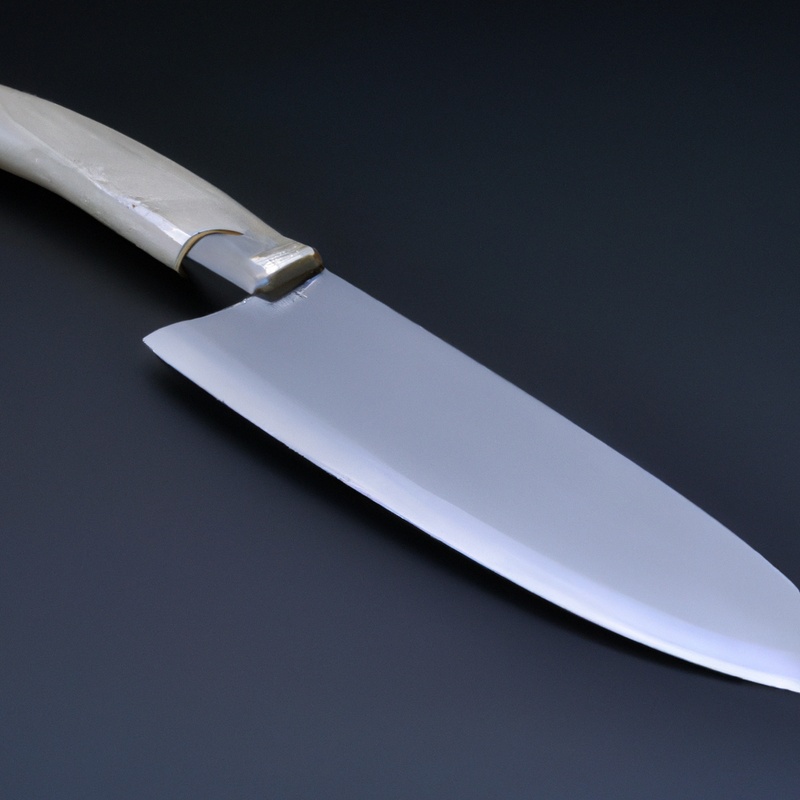
Honing vs. Sharpening: Which is Best for Santoku Knife?
Honing and sharpening are two different processes that serve different purposes when it comes to maintaining a Santoku knife. Honing refers to realigning the edge of the blade, while sharpening involves removing material from the blade to create a new edge.
For a Santoku knife, honing should be done regularly to keep the edge straight and to maintain its sharpness.
A honing steel or a ceramic rod can be used to hone the blade. However, if the blade becomes dull, sharpening is necessary.
It’s recommended to get a professional to sharpen the blade, as incorrect sharpening can damage the blade irreversibly.
The frequency of honing and sharpening depends on how often the knife is used. Typically, a Santoku knife should be honed every time it is used and sharpened once or twice a year, depending on use.
It’s important to note that honing cannot replace sharpening and vice versa.
Both methods are necessary to maintain the edge and overall quality of the Santoku knife.
Storing Santoku Knife: Dos and Don’ts
Storing a Santoku knife properly is essential to maintain its sharpness and longevity. Here are some Dos and Don’ts to keep your Santoku knife in good condition: Dos:
- Store your Santoku knife in a knife block, sheath, or on a magnetic strip. This protects the blade from damage and keeps it away from other kitchen tools.
- Clean and dry the knife before storing it to avoid rusting and corrosion.
- Keep your knife away from high heat and moisture.
- Use a plastic or wooden cutting board to avoid damaging the blade’s sharpness.
Don’ts:
- Don’t store your Santoku knife loosely in a drawer, as it can lead to blade dullness and nicks.
- Don’t put your Santoku knife in the dishwasher as it can damage the blade’s sharpness and expose it to corrosive materials.
- Don’t use abrasive cleaners or pads that can scratch the blade and handle.
By following these straightforward tips, you can protect your Santoku knife and ensure it remains sharp and durable for years to come.
Cleaning and Maintaining the Blade of Santoku Knife
To ensure the longevity of your Santoku knife, it’s crucial to clean and maintain the blade properly. Here are a few tips to keep your blade in top condition:
- Handwash the knife with warm water and mild soap. Avoid putting it in the dishwasher as the high heat and harsh detergents can damage the blade.
- Dry the blade immediately after washing it to prevent any moisture from sitting on the blade.
- Use a honing steel regularly to realign the edge of the blade and keep it sharp. Sharpen the blade as needed using a whetstone or a professional sharpening service.
- Apply a thin coat of oil on the blade after each use to prevent rust and corrosion.
- Store the knife in a knife block or on a magnetic strip to protect the blade from damage.
By following these simple tips, you can ensure that your Santoku knife stays sharp, rust-free, and in excellent condition for many years to come.
How to Safely Hold and Use a Santoku Knife
To safely hold and use a Santoku knife, follow these tips:
- Always grip the handle firmly with your dominant hand.
- Keep your fingers in a curled position and away from the blade, with your thumb resting on the spine for better control.
- Cut with a slight motion, using the full length of the blade in a rocking motion.
- Use a cutting board that won’t damage the blade and provide a stable surface.
- Avoid using excessive force and let the weight of the blade do the work.
- Never leave a Santoku knife near the edge of the countertop where it can fall.
- Always sharpen and hone the blade regularly, to ensure safe and accurate cuts.
By following these guidelines, you can ensure safe usage of your Santoku knife and avoid any accidents.
Sharpening Angles for Santoku Knife: Finding the Sweet Spot
When it comes to sharpening angles for a Santoku knife, finding the sweet spot is important to maintain the knife’s cutting edge. The ideal angle for a Santoku knife is between 10 and 15 degrees, which is lower than the standard angle for a chef’s knife.
To find the sweet spot for your Santoku knife, you can use a sharpening guide or a sharpening stone with an angle guide.
Start by placing the blade at a 10-degree angle against the sharpening surface and make a few passes with the blade, then increase the angle to 15 degrees and repeat the process. It’s important to maintain a consistent angle throughout the sharpening process to avoid creating uneven edges.
You can use a marker to color the edge of the blade to see where the metal is getting removed.
Adjust the angle as needed to maintain an even edge. Once you’ve found the sweet spot for your Santoku knife, regularly sharpen the blade to maintain its sharpness.
Honing the blade can help maintain the edge between sharpening sessions, but it won’t sharpen the blade itself.
By finding the sweet spot and regularly maintaining the blade, you’ll ensure your Santoku knife stays sharp and performs at its best.
Common Mistakes to Avoid when Caring for a Santoku Knife
Don’t neglect cleaning and drying your Santoku knife after each use. Leaving it wet or dirty can lead to rust and bacterial growth, which can impact its longevity and performance.
Avoid using harsh and abrasive cleaners on the knife, as it can damage the surface and affect its sharpness.
Stick to mild dishwashing soap and warm water for cleaning and use a soft cloth or sponge to wipe dry. Don’t use a dishwasher to clean your Santoku knife as the strong water jets and high heat can cause damage and dullness to the blade.
Avoid cutting hard materials, such as frozen food or bones, with your Santoku knife as it can lead to chips and damage the blade.
Instead, use a suitable knife for those tasks. Never store your Santoku knife in a drawer with other cutlery or utensils.
The blade can get scratched or damaged, and it can also be a potential safety hazard.
Place it in a knife block or wall-mounted holder for safekeeping. Don’t overcrowd your knife block or holder.
Make sure enough space is given to each knife to prevent scratching or damaging the edges.
It is best to keep your Santoku knife separately for optimal protection.
The Importance of Regular Maintenance for Santoku Knife
Regular maintenance of a Santoku knife is crucial to keep it performing optimally. Neglecting the knife’s maintenance can result in a dull and ineffective blade that can lead to accidents and a subpar culinary experience.
Regular maintenance should involve honing the knife’s edge with a honing rod and sharpening the blade using a whetstone or an electric sharpener.
It is essential to ensure the blade’s cleanliness and dryness and to store the knife properly in a dry and safe place to avoid rusting and corrosion. Neglecting any of these maintenance protocols could lead to a damaged or unsafe knife.
Therefore, it is highly recommended to maintain a Santoku knife regularly to ensure peak performance, safety, and longevity of the knife.
Final Verdict
Understanding how to care for a Santoku knife not only ensures its longevity but also improves its performance. By choosing the right cutting board, sharpening correctly, using proper handwashing techniques, and storing the knife properly, you can maintain its sharpness for a longer time.
Additionally, regular maintenance through cleaning and honing will prevent accidents and ensure your safety while using the knife.
Remember, a well-cared-for Santoku knife is a reliable and efficient tool in the kitchen. So, invest time in learning and implementing these simple yet effective caring techniques to get the most out of your Santoku knife.
With that said, happy cooking and sharpening!

